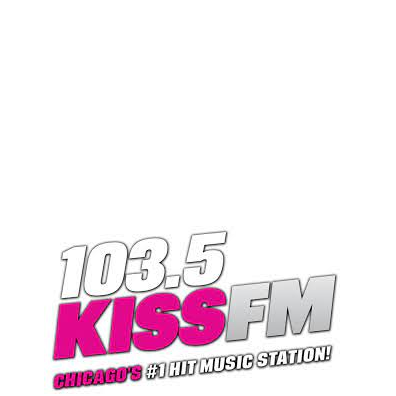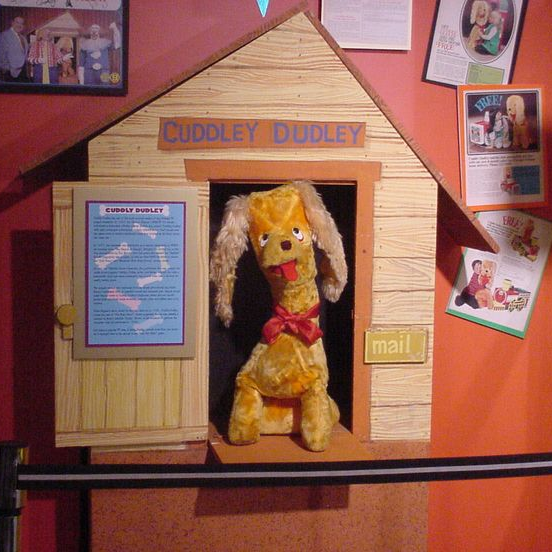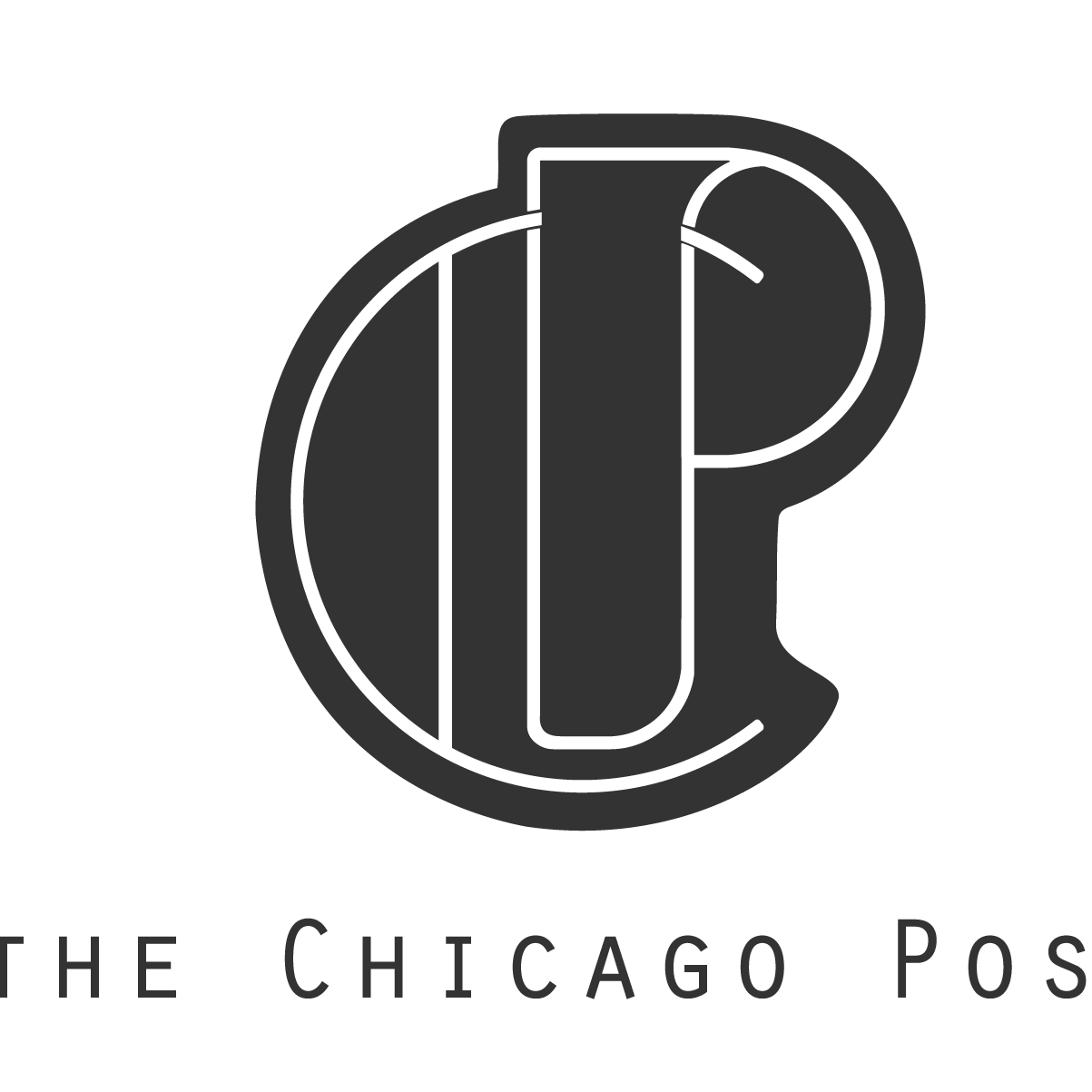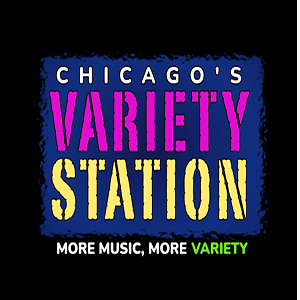Important Information
As of January 1, 2020, Radionomy will migrate towards the Shoutcast platform. This evolution is part of the Group’s wish to offer all digital radio producers new professional-quality tools to better meet their needs.
Shoutcast has been a leader throughout the world in digital radio. It provides detailed statistics and helps its users to develop their audience. More than a thousand partners carry Shoutcast stations to their connected apps and devices.
Discover the Shoutcast solution.
Chicago / 52 search results
Sort by relevance popularity name newest
Chicago
Chicago is an American rock band formed in 1967 in Chicago, Illinois. The self-described "rock and roll band with horns" began as a politically charged, sometimes experimental, rock band and later moved to a predominantly softer sound, generating several hit ballads. The group had a steady stream of hits throughout the 1970s and 1980s. Second only to The Beach Boys in Billboard singles and albums chart success among American bands, Chicago is one of the longest-running and most successful rock groups in history.According to Billboard, Chicago was the leading US singles charting group during the 1970s. They have sold over 38 million units in the US, with 22 gold, 18 platinum, and 8 multi-platinum albums. Over the course of their career they have had five number-one albums and 21 top-ten singles.Chicago Transit Authority and early successThe original band membership consisted of saxophonist Walter Parazaider, guitarist Terry Kath, drummer Danny Seraphine, trombonist James Pankow, trumpet player Lee Loughnane, and keyboardist/singer Robert Lamm. Parazaider, Kath, Seraphine, Pankow and Loughnane met in 1967 while students at DePaul University. Lamm was recruited from Roosevelt University. The group of six called themselves "The Big Thing", and continued playing top 40 hits. Realizing the need for a tenor to complement baritone Lamm and Kath, they added local tenor and bassist Peter Cetera.Jimi Hendrix once told Parazaider, “Jeez, your horn players are like one set of lungs and your guitar player is better than me.”While gaining some success as a cover band, the group began working on original songs. In June 1968, they moved to Los Angeles, California under the guidance of their manager James William Guercio, and signed with Columbia Records. After signing with Guercio, The Big Thing changed their name to "Chicago Transit Authority".Their first record (April 1969), the eponymous The Chicago Transit Authority, was a double album, which is rare for a band's first release. It sold over one million copies by 1970, and was awarded a platinum disc. The album included a number of pop-rock songs – "Does Anybody Really Know What Time It Is?", "Beginnings", "Questions 67 and 68", and "I'm a Man" – which were later released as singles.When the actual Chicago Transit Authority threatened legal action soon after the album's release, the band's name was shortened to Chicago.The 1970s: 'Chicago'The band released a second album, titled Chicago (also known as Chicago II), which was another double-LP. The album's centerpiece track was a seven-part, 13-minute suite composed by Pankow called "Ballet for a Girl in Buchannon". The suite yielded two top ten hits: "Make Me Smile" (No. 9 U.S.) and "Colour My World", both sung by Kath. Among the other tracks on the album: Lamm's dynamic but cryptic "25 or 6 to 4" (Chicago's first Top 5 hit), which was a reference to a songwriter trying to write at 25 or 26 minutes to 4 in the morning, and was sung by Cetera with wah-wah guitar by Kath; the lengthy war-protest song "It Better End Soon"; and, at the end, Cetera's 1969 moon landing-inspired "Where Do We Go from Here?". The double-LP album's inner cover includes—in addition to the playlist—the entire lyrics to "It Better End Soon", and two declarations: "This album should be experienced sequentially", and, "With this album, we dedicate ourselves, our futures and our energies to the people of the revolution. And the revolution in all of its forms."Chicago III would contain two hit singles. "Free" from Lamm's "Travel Suite" would become the album's biggest hit. The band would release LPs at a rate of at least one album per year from their third album in 1971 on through the 1970s. During this period, the group's album titles invariably consisted of the band's name followed by a Roman numeral, indicating the album's sequence in their canon. The exceptions to this scheme were the band's fourth album, a live boxed set entitled Chicago at Carnegie Hall, their twelfth album Hot Streets, and the Arabic-numbered Chicago 13. While the live album itself did not bear a number, each of the four discs within the set was numbered Volumes I through IV.In 1971, the band released Chicago at Carnegie Hall Volumes I, II, III, and IV, consisting of live performances, mostly of music from their first three albums, from a week-long run at the famous venue. The packaging of the album also contained some rather strident political messaging about how "We [youth\] can change The System", including massive wall posters and voter registration information. Nevertheless, Chicago at Carnegie Hall went on to become the best-selling box set by a rock act, and held that record for 15 years. The fact that the none of the first four titles were issued on single LPs was due to the productive creativity of this period and the length of the jazz-rock pieces.In 1972 the band released its first single-disc release, Chicago V, which reached number one on both the Billboard pop and jazz album charts. It featured "Saturday in the Park", which mixed everyday life and political yearning in a more subtle way. It peaked at No. 3 on the Billboard Hot 100 in early 1972. Chicago would long open their concerts with the hit song. Another Lamm-composed hit song therein was "Dialogue (Part I & II)", which featured a musical "debate" between a political activist (sung by Kath) and a blasé college student (sung by Cetera).In 1973, the group's manager, Guercio, produced and directed Electra Glide in Blue, a movie about an Arizona motorcycle policeman. The movie starred Robert Blake and featured Cetera, Kath, Loughnane, and Parazaider in supporting roles. The group also appeared prominently on the movie's soundtrack.Other albums and singles followed in each of the succeeding years. 1973's Chicago VI was the first of several albums to include Brazilian jazz percussionist Laudir de Oliveira and saw Cetera emerge as the main lead singer. Chicago VII, the band's double-disc 1974 release, their 1975 release, Chicago VIII, featured the political allegory "Harry Truman" (#13) and the nostalgic Pankow-composed "Old Days" (#5). That summer also saw a joint tour across America with The Beach Boys, with both acts performing separately, then coming together for a finale.1976's Chicago X featured Cetera's ballad "If You Leave Me Now", which held the top spot for two weeks. The song also won Chicago their only Grammy award, for Best Pop Performance by a Duo or Group in 1977. The tune almost did not make the cut for the album. "If You Leave Me Now" was recorded at the very last minute. The success of the song foreshadowed a later reliance on ballads.The group's 1977 release, Chicago XI, included Cetera's ballad "Baby, What a Big Surprise", a No. 4 U.S. hit which became the group's last top 10 hit of the decade.Death of Terry Kath and transition1978 began with a split with manager Guercio. On January 23 of that same year Kath died of an accidental, self-inflicted gunshot wound.After auditioning over 30 potential replacements for Kath, Chicago decided upon guitarist/singer/songwriter Donnie Dacus, who joined the band in April 1978 just in time for the Hot Streets album (he was also being filmed for the musical Hair at the time). Its energetic lead-off single, "Alive Again", brought Chicago back to the Top 15; Pankow wrote it "originally as a love song but ultimately as recognition of Kath's guiding spirit shining down from above."The 1978 album Hot Streets, with producer Phil Ramone now at the helm, was Chicago's first album with a title rather than a number and was the band's first LP to have a picture of the band (shot by photographer Norman Seeff) featured prominently on the cover (with the ubiquitous logo downsized), two moves that were seen by many as a way to indicate the band had changed following Kath's death. To a degree, the band returned to the old naming scheme on its subsequent releases, although most titles would now bear Arabic numerals rather than Roman numerals. Hot Streets, the band's 12th album, peaked at No. 12 on the Billboard charts; it was Chicago's first release since their debut to fail to make the Top 10. The release also marked a move somewhat away from the jazz-rock direction favored by Kath and towards more pop songs and ballads. Dacus stayed with the band through the 1979 album Chicago 13, and is also featured in a promotional video on the DVD included in the Rhino Records Chicago box set from 2003. Again produced by Ramone, was the group's first studio album not to contain a Top 40 hit. Dacus departed from the band shortly after the album's release.The 1980s: changing sound, and the balladsChicago XIV (1980), produced by Tom Dowd, relegated the horn section to the background on a number of tracks, and the album's two singles failed to make the Top 40. Chris Pinnick joined the band to handle the guitar duties, and the band were also augmented by saxophone player Marty Grebb on the subsequent tour. (He would remain with the band through 1985.) Believing the band to no longer be commercially viable, Columbia Records dropped them from its roster in 1981 and released a second "Greatest Hits" volume (also known as Chicago XV) later that year to fulfill its contractual obligation.In late 1981 the band had a new producer (David Foster), a new label (Warner Brothers), and the addition of keyboardist, guitarist, and singer Bill Champlin (Sons of Champlin). Percussionist Laudir de Oliveira and Marty Grebb departed from the band. During Foster's stewardship, less of an emphasis was placed on the band's horn-based sound, being replaced by lush power ballads, which became Chicago's style during the 1980s. The new sound brought more singles success to the band than they had ever had prior to that point, but it caused internal friction within the band members, which ultimately led to Cetera's departure in 1985.For the 1982 album Chicago 16, Foster brought in studio musicians for some of the tracks (including the core members of Toto), and used new technology (such as synthesizers) to "update" and streamline the sound, further pushing back the horn section, and in some cases not even using them at all. The band did return to the charts with the Cetera-sung ballad "Hard to Say I'm Sorry/Get Away", which was featured in the soundtrack of the Daryl Hannah film Summer Lovers.1984's Chicago 17 became the biggest selling album of the band's history, producing two more Top Ten (both No. 3) singles, "You're the Inspiration" and "Hard Habit to Break". The album included two other singles: "Stay the Night" (No. 16) and "Along Comes a Woman" (No. 14). Peter's brother, Kenny Cetera, was brought into the group for the 17 tour to add percussion and high harmony vocals.By 1985, the band was embracing the newest medium, the music video channel MTV, by releasing music videos for four songs. They featured a track titled "Good for Nothing" on the 1985 global activist album, We Are the World.The departure of CeteraConcurrently with Chicago's existing career, lead vocalist Peter Cetera had begun a solo career. Cetera ultimately left Chicago in the summer of 1985. He soon topped the charts with "Glory of Love" (the theme song of the movie The Karate Kid, Part II), and with "The Next Time I Fall" (a duet with Amy Grant). Two more songs reached the Top Ten: a 1988 solo hit called "One Good Woman" (No. 4 U.S.), and a 1989 duet with Cher called "After All" (No. 6 U.S.).For the final Foster-produced album, Chicago 18, Cetera's former position was filled in September 1985 by bassist/singer/songwriter Jason Scheff, son of Elvis Presley's bassist Jerry Scheff. The album included the No. 3 single "Will You Still Love Me?", and Top 20 Pop song ("If She Would Have Been Faithful..."), and also an updated version of "25 or 6 to 4" with a video that got airplay on MTV. Soon after the album was recorded, the band hired guitarist Dawayne Bailey, formerly of Bob Seger's Silver Bullet Band. Bailey and Scheff had previously played in bands together, so Scheff introduced Bailey to the band in time for the Chicago 18 tour.With the 1988 release Chicago 19, the band had replaced producer Foster with co-producers Ron Nevison and Chas Sanford, and they topped the charts again with the Diane Warren-composed single "Look Away". The album also yielded two more Top 10 hits, both with Champlin singing solo lead for the first time, and released a Top 5 single titled "What Kind Of Man Would I Be?". The latter would be included on the forthcoming greatest hits record.Chicago 19 was followed in short order by their twentieth album, Greatest Hits 1982–1989. This included a slightly remixed version of Chicago 19's No. 5 hit "What Kind Of Man Would I Be?", sung by Scheff. The album's other Top Ten hit, "You're Not Alone", reached No. 10 in early 1989.In closing out the decade on an all-time high of four hit-making albums, Chicago began a duet tour with The Beach Boys through the summer and fall of 1989.The 1990s: more changes and Stone of SisyphusThe beginning of the 1990s brought yet another personnel change; founding member Danny Seraphine was succeeded in 1990 by Tris Imboden, a longtime drummer with Kenny Loggins and former session drummer with Peter Cetera. Imboden made his first appearance on the 1991 album Twenty 1, which yielded an eleven week stretch on Billboard, a peak at No. 66, and the song "Chasin' the Wind" which peaked at No. 39. Twenty 1 would be their last released album of original music for fifteen years.The band was recognized with a star on the Hollywood Walk of Fame on July 23, 1992.In 1993, Chicago wrote and recorded their 22nd album (which, due to circumstances beyond their control, eventually became their 32nd release) Stone of Sisyphus. This album was to have marked their return to their traditional composition of the 1970s, emphasizing major horn accompaniment and much more solid writing. However, following a reorganization of the record company, the new executives at Reprise Records (now part of the newly formed Warner Music Group) spontaneously and controversially rejected the completed album. It remained unpublished for fifteen years, aside from bootleg tapes and Internet files. This contributed to the parting of the band from the record label. Fans were left in the dark by the failure of the label and of the band to issue any official press releases regarding the album's shelving and regarding the subsequent departure of guitarist Dawayne Bailey, leading to many years of debates and conjecture about the events surrounding the recordings. It was also suggested some years later that the band's management was negotiating with the label regarding a licensing of the extensive Chicago back catalog, and when those talks stalled, the label apparently retaliated by scrapping the project. The album eventually saw an expanded release on Rhino Records in June 2008 to favorable reviews from both fans and critics and made it to No. 122 on the album charts.After finishing their 1994 tour, and after signing with the Warner Brothers' imprint label Giant Records, they released their 1995 album Night & Day: Big Band, consisting of covers of songs originally recorded by Sarah Vaughan, Glenn Miller, and Duke Ellington. Session guitarist Bruce Gaitsch handled the guitar work, and the album featured guest appearances by Paul Shaffer of David Letterman fame, and Aerosmith guitarist Joe Perry. In 1998, Chicago released Chicago XXV: The Christmas Album and a live album in 1999, Chicago XXVI.The 2000sIn 2000, the band licensed their entire recorded output to Rhino Records, after having recorded it at Columbia Records and Warner Brothers. In 2002, Rhino released a two-disc compilation, The Very Best of Chicago: Only The Beginning, which spans the band's career. The compilation made the Top 40 and sold over 2 million copies in the US. Rhino also began releasing remastered versions of all of the band's Columbia-era albums.Chicago continued to appear worldwide, touring with the band Earth, Wind & Fire in 2004 to 2005.On March 21, 2006, their first all-new studio album since Twenty 1 arrived with Chicago XXX. It also marked the first time the band's music was available as a digital download. The album peaked at No. 41 in the US, spawning two minor adult contemporary hits: "Feel" and "Love Will Come Back". Two songs from this album, "Feel" and "Caroline", were performed live during Chicago's fall 2005 tour.Chicago made multi-week appearances at the MGM Grand Las Vegas in March and May 2006. In July 2006, the band made a series of US appearances with Huey Lewis and the News.They toured the summer of 2007 with the band America.On October 2, 2007, Rhino Records released the two-disc The Best of Chicago: 40th Anniversary Edition (Chicago XXXI), a new greatest hits compilation spanning their entire forty years, similar to The Very Best of: Only the Beginning, released four years earlier.In 2008, Stone of Sisyphus — once known as the aborted Chicago XXII, now listed officially as Chicago XXXII — was released with an expanded format.In 2009, Chicago again toured with Earth, Wind & Fire.Drew Hester joined the band in January 2009 to temporarily fill in for an ill Imboden, and continued with the band as a percussionist upon Imboden's return later in the year. In August 2009, Champlin left the band to focus on his solo career. His new lineup counterpart became keyboardist Lou Pardini.2010 to presentIn 2010 Chicago toured with the Doobie Brothers. A performance in Chicago, Illinois, became a video for the HDNet cable channel that featured the Doobie Brothers joining Chicago for two encore tunes. The band also appeared on the season nine finale of American Idol.On July 24, 2011, the band performed at Red Rocks in Colorado, accompanied by the Colorado Symphony Orchestra. This was the first time Chicago played a full-length symphonic concert.With Chicago XXXIII: O Christmas Three, the band re-teamed with producer Ramone (he had previously released the new tracks for the expanded Christmas re-release What's It Gonna Be, Santa?) to record a new Christmas album. It was released in October 2011.In the meantime, Rhino released Chicago XXXIV: Live in '75, a two-disc set containing two hours of previously unreleased performances recorded June 24–26, 1975 at the Capital Centre in Largo, Maryland, featuring the original members of Chicago performing some of their greatest hits up to that point.In 2012, Chicago and the Doobie Brothers held another joint tour. That same year, Hester left the group to be succeeded, first by percussionist Daniel de los Reyes, then by Daniel's brother and former long-term Santana member, Walfredo Reyes, Jr.On May 1, 2013, it was announced that Chicago would be performing the opening night concert at EAA AirVenture Oshkosh, the world's biggest aviation "fly-in".The band maintains a weblog with fan commentary, providing free public previews of musical works in progress, and actively encouraging audiences to record memorabilia of their live concert performances for possible publishing on the band's official web site. As of May 2013 Chicago has been recording a new album.As of May 2013, four of the six surviving founding members (major songwriters Lamm and Pankow, plus Loughnane and Parazaider) have remained, providing continuity since the beginning. Scheff has been with the band for 26 years, Imboden for 23 years, Howland for 18 years, Pardini for 4 years, and Reyes for 1 year.In 2013 Robert Lamm, Lee Loughnane, James Pankow, and Walter Parazaider appeared in the HBO movie Clear History as the band Chicago.In the fall of 2013 the band began releasing singles for their new, forthcoming album starting with "Somethin' Comin', I Know" in August, "America" in September, "Crazy Happy" in December 2013, and "Naked in the Garden of Allah" scheduled for January 2014.Chicago and Robin Thicke performed together at the Grammy Awards on January 26, 2014 singing "Does Anybody Really Know What Time It Is?", "Beginnings", and "Saturday in the Park".GraphicsUpon being renamed from Chicago Transit Authority to Chicago, the band sported a new logo. Its inspiration was found in the design of the Coca-Cola logo, in the attitude of the city of Chicago itself, and in the desire to visually transcend the individual identities of the band's constituent members. It was designed by the Art Director of Columbia/CBS Records, John Berg, with each album's graphic art work being done by Nick Fasciano. Berg said, "The Chicago logo...was fashioned for me by Nick Fasciano from my sketch."The logo would serve as the band's chief visual icon from Chicago II, onward. In various artistic forms and visual similes, it has been the subject of every subsequent album cover, except the fifteenth album, Greatest Hits, Volume II. For example, it appeared as an American flag on III, a piece of wood on V, a U.S. dollar bill on VI, an embroidered patch on VIII, a chocolate bar on X, a fingerprint on XIV, a computer silicon chip on 16, a parcel on 17, and a mosaic on 18. Chicago IX's incarnation was a caricature of the band itself, in the shape of the logo.The album cover series has endured as a cataloged work of art in its own right, described by Paul Nini of the American Institute of Graphic Arts as a "real landmark in record cover design". In 2013, the iconic status of Chicago's album art was featured in a New York art museum exhibit, which centered upon ninety-five album covers completely selected from John Berg's career portfolio of hundreds. Having overseen the design of approximately fourteen Chicago album covers across more than twenty years, Berg stated that this artistic success resulted from the combination of Chicago's "unique situation" and his position in "the best possible job at the best possible time to have that job, at the center of the graphic universe".The book titled Type and Image: The Language of Graphic Design described the logo as "a warm vernacular form, executed in thick script letters with Victorian swashes in the tradition of sports teams and orange crate labels." The book mentions the cultural and material background of the city of Chicago as inspiration for the logo; for example, describing the leather embossing of Chicago VII as representative of the great fire and the stockades. The author connects the album art to the atmosphere of the band's namesake city, quoting the band's original manager, James William Guercio: "The printed word can never aspire to document a truly musical experience, so if you must call them something, speak of the city where all save one were born; where all of them were schooled and bred, and where all of this incredible music went down barely noticed; call them CHICAGO."
Read more about Chicago
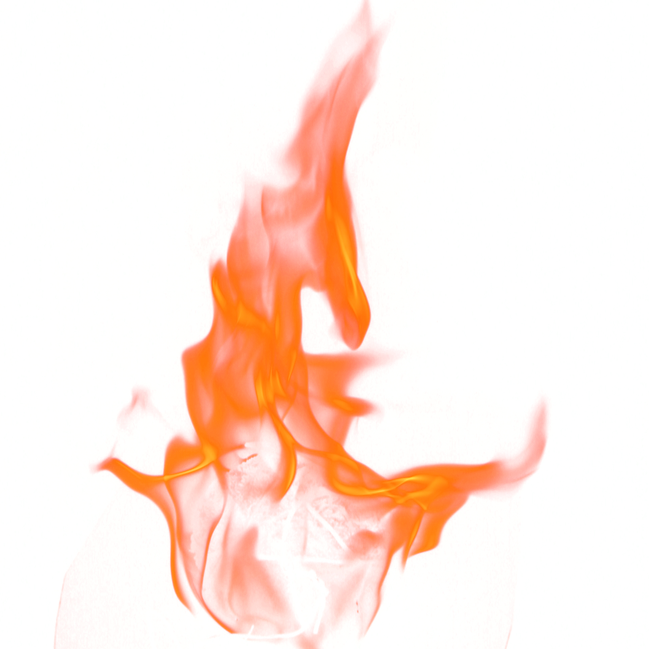













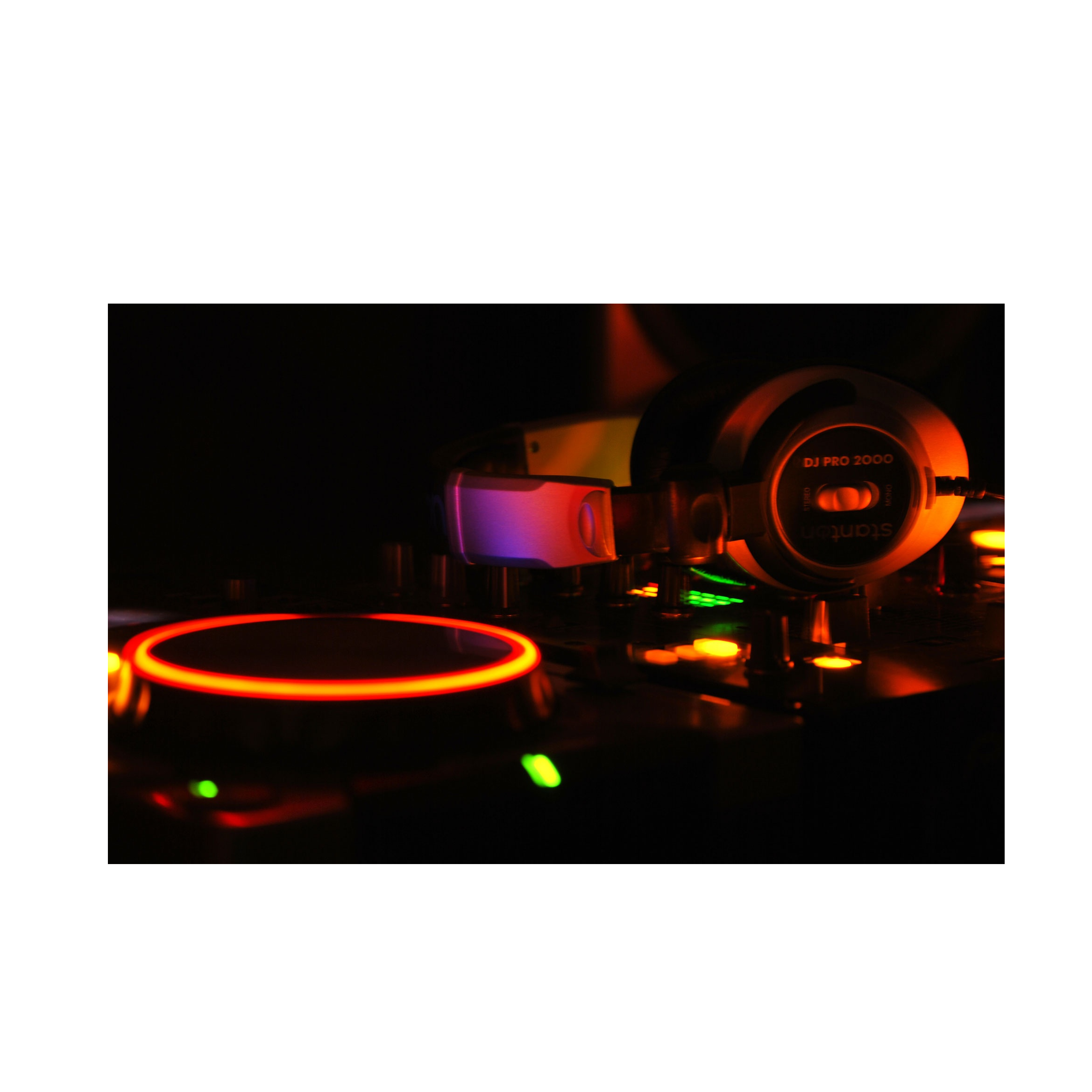


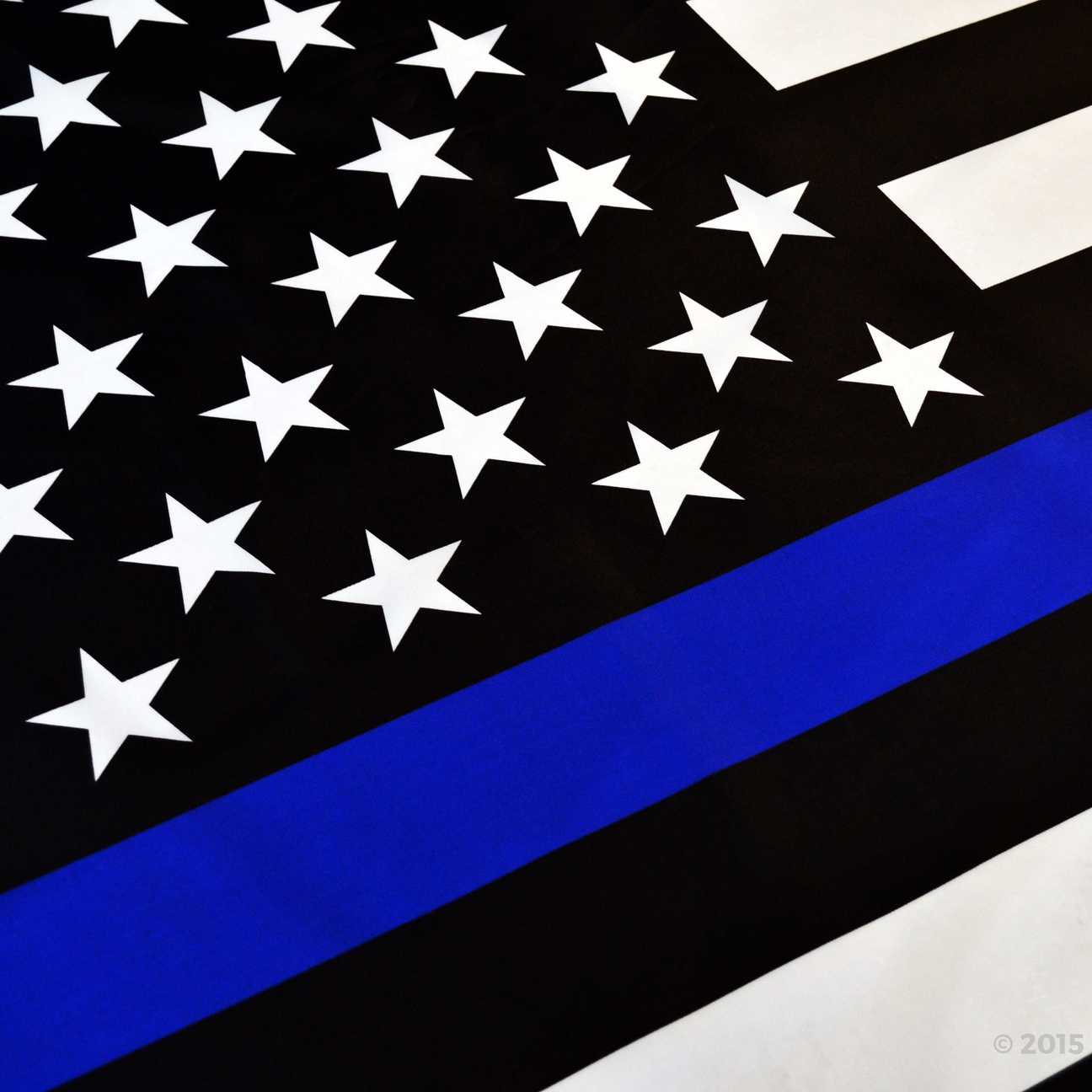


![RadIO RealNiggaRap [Chicago.161]](https://ws.shoutcast.com/images/contacts/4/4bf0/4bf0e3e4-ad7c-4ed4-83af-dcdf70d8fdda/radios/d83c0cbb-0890-4c88-8544-f5ef604180a0/d83c0cbb-0890-4c88-8544-f5ef604180a0.png)




